Scania has developed a cruise control system that uses GPS to determine a vehicle’s position and to predict the topography of the road ahead. The cruising speed is adjusted before entering an ascent or descent, helping the driver make the most of every drop of fuel. The system can deliver a fuel saving of up to 3% when driving on undulating stretches of road.
The new system – Scania Active Prediction – is a milestone in Scania’s systematic focus on drivers and helps them to save fuel and reduce their environmental impact. It is intuitive and adapts driving style to the topography in the same way as the most highly skilled truck drivers would do. The system also helps experienced drivers to save fuel when driving on new routes, in the dark or under adverse weather conditions.
The time factor is often a high priority in transport services and there is a price to pay for this in terms of higher fuel consumption. Scania’s new cruise control system has been developed to help drivers get to their destination in time without wasting fuel.
The Scania Active Prediction cruise control system contributes to fuel savings of up to 3% with minimal time loss, compared to highway or motorway driving with normal cruise control. Maximum benefits are gained on an undulating route, where the road is never entirely flat.
The time lost in a full day’s driving is merely a couple of minutes, which for the great majority of transport companies is marginal compared to the financial and environmental benefits.
Based on a 40-tonne truck combination (tractor unit and semitrailer) running 180,000 km/year, a fuel saving of 3% would reduce fuel consumption by about 1,700 litres per year. This is equivalent to an annual reduction in fuel costs of almost SEK 20,000 (EUR 2,200) and a reduction in carbon dioxide emissions of over 4 tonnes.
Scania will start to deliver trucks with the Active Prediction system to customers starting next year. There is topographic map data available today for around 95% of the road network in central and western Europe, which is also useful for operators that provide transit services from eastern Europe,Turkey and beyond.

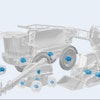
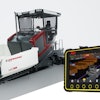


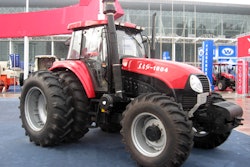





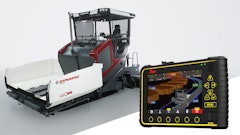
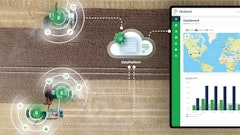
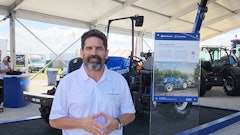




![Hd Hyundai Xite Transformation Booth Image[1]](https://img.oemoffhighway.com/files/base/acbm/ooh/image/2023/12/HD_Hyundai_Xite_Transformation_Booth_Image_1_.657a32d4218f2.png?ar=16%3A9&auto=format%2Ccompress&fit=crop&h=135&q=70&rect=113%2C0%2C1600%2C900&w=240)
